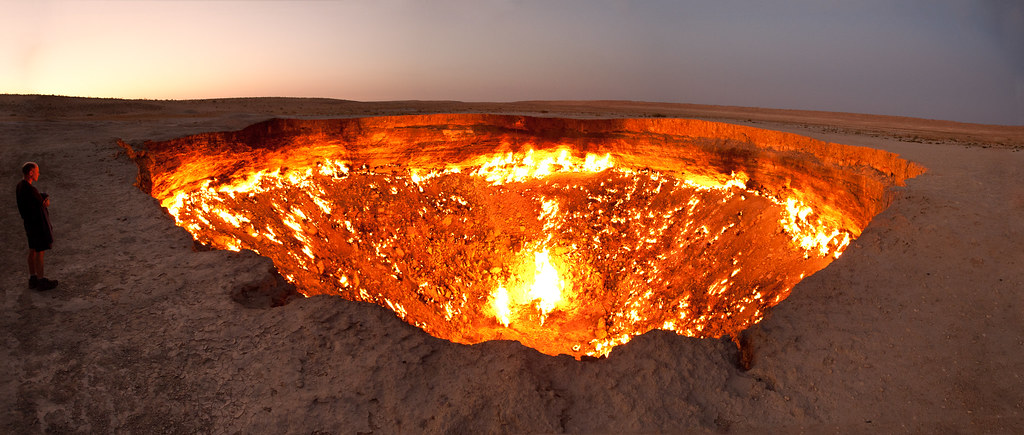The first treaty between Indigenous peoples and an Australian government has been signed into law .
Author
- Harry Hobbs
Associate Professor, UNSW Sydney
It is difficult to overstate the significance of Victoria's treaty.
So, what is the treaty, will other states and territories follow suit, and how could this impact Australia as a whole?
Breaking new ground
While treaties have long formed part of the landscape in countries such as Canada, the United States and New Zealand, Australia has stood apart .
For generations, governments have resisted calls from Aboriginal and Torres Strait Islander peoples for a formal treaty or treaties.
The Victorian Statewide Treaty represents the first time an Australian government has not only listened, but acted.
This agreement answers questions that have shaped our national debate for decades.
It demonstrates that treaties with Indigenous Australians are both possible and practical - anchored not in radical change but in recognition, respect and partnership.
Rather than breaking from Australia's system of government, the treaty provides a framework to acknowledge First Peoples' enduring rights and to strengthen the relationship between Indigenous peoples and the state.
The settlement and negotiation process also offer valuable lessons for other jurisdictions as they consider their own paths toward treaty.
What is Victoria's treaty?
The treaty was negotiated between the First Peoples Assembly of Victoria and the state government.
The innovative agreement establishes a new permanent representative and deliberative body for Traditional Owners and First Peoples in the state.
Intended to serve as a central institution within " the democratic life " of Victoria, the body (Gellung Warl) will advise, inform and engage with the government and the parliament - and hold the state to account.
It will bring First Peoples into the decision-making forums of the state, rectifying their longstanding exclusion.
The treaty also includes agreement on a range of other matters that reflect commitments to form a new relationship based on justice and respect.
These include commitments by government to revise the education curriculum, increasing the use of Traditional or Indigenous-language place names, and encouraging Gellung Warl to participate in the ceremonial life of the state.
What is next for Victoria?
This will not be the last treaty in Victoria.
The First Peoples Assembly and the state government have agreed that treaty-making is a "journey" that will continue " through further statewide treaties and Traditional Owner treaties ".
Statewide treaties will cover matters that affect all First Peoples in Victoria.
Future agreements are likely to strengthen Gellung Warl . This may include transferring decision-making, rule-making and advisory powers from government to Gellung Warl.
These reforms will promote self-determination and are expected to lead to better outcomes for First Peoples.
Traditional Owner treaties, negotiated by Traditional Owners, will cover matters of importance to First Nations people and will likely differ according to the aspirations and priorities of each community.
One Traditional Owner group, the Dja Dja Wurrung , has already indicated it is ready to begin negotiations.
What's next for Australia?
The outlook across the rest of Australia remains uncertain.
While Victoria's experience shows treaty-making is possible, it also highlights how complex and demanding the process can be.
Like any agreement, the substance of a treaty is shaped by the negotiations that produce it.
If the process is unbalanced or dominated by one side, the outcome will reflect that imbalance. When power is too unevenly distributed, meaningful agreement becomes almost impossible.
Establishing fair and trusted institutions to support genuine negotiation takes considerable time and effort.
In Victoria, it took nearly eight years of groundwork before the parties were ready to begin formal treaty discussions. While preliminary treaty consultations are underway in New South Wales , no other jurisdiction has really started down this path.
Those early steps are crucial for another reason. With no history of treaty-making, many Australians have limited understanding of what a treaty involves or represents.
Entering into a treaty relationship requires a fundamental shift in how governments view and engage with Indigenous nations.
This change in mindset can be gradual and difficult to embed.
In Victoria, the nearly decade-long preparatory phase was vital - not only for building the right structures and institutions for treaty-making, but also for giving government time to grasp what a treaty means in practice.
Treaties as living agreements
The Victorian treaty proclaims it "marks the dawn of a new era in Victoria - an era of treaty-making".
The agreement's impact may reach far beyond the state's borders, offering a model for how respectful partnerships can be forged between First Peoples and the state.
In time, the signing of the treaty may come to be seen not only as a turning point for Victoria but as the beginning of a new chapter in Australia's history - one defined by recognition, respect and shared responsibility for the future.
![]()
This article was written as part of an Australian Research Council grant entitled 'A Made in Australia Model for Indigenous-State Treaty-Making' (DE240100454). Harry has also previously served as a consultant for the Victorian Treaty Authority.






